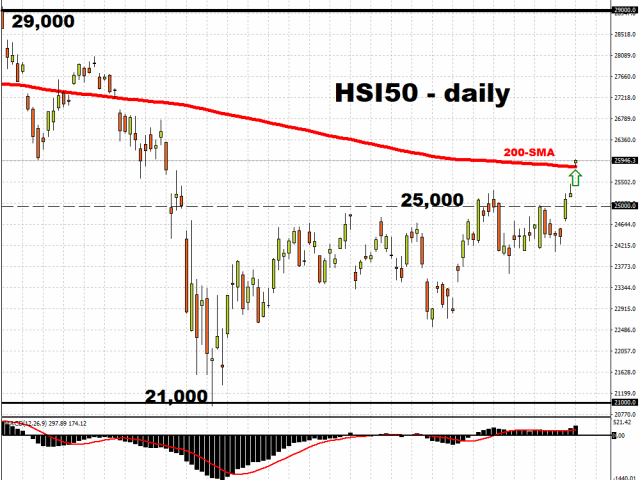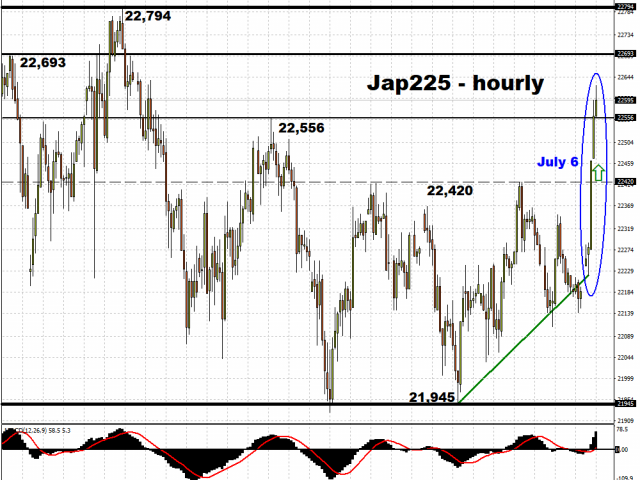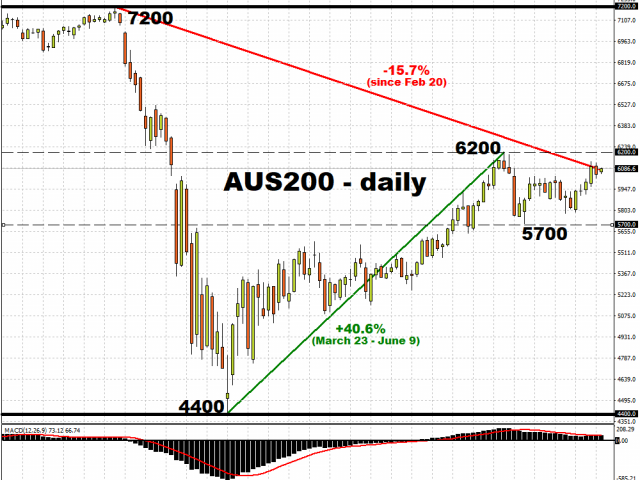By Dan Steinbock
– Recently, the US has suffered a series of COVID-19 surges. The escalation won’t stay in America. It is likely to cause collateral damage worldwide.
In early June, U.S. states began to exit from the lockdown measures, even though the epidemic curve had not been adequately flattened. On July 4th, the White House sought for a “return to normal” with a celebration at Mount Rushmore, where President Trump, who has recently associated himself with far-right “white power” extremists, gave a bizarre speech warning about a “new far-left fascism.”
And once again, the Trump crowds were not required to wear face masks or practice social distancing, although the US has recently tallied its highest single-day totals of coronavirus infections. Currently confirmed virus cases in the US total 3 million, with almost 135,000 deaths, while new confirmed cases average over 50,000 daily.
Despite the Independence Day, traditional July 4th routines – beer, beach and BBQs – were severely adjusted. Florida, still another state that rushed a premature exit, set a national record with more than 10,000 new cases.
Not so long ago, younger people were hosting COVID-19 parties “like there was no tomorrow.” Many may now get what they wished for. When the White House began to mobilize against the pandemic two months ago, more than two of three patients were aged 50 or older. But today, almost 60% of cases are aged 18-49.
The COVID-19 surge across America is no surprise, however. It was only to be expected in light of the catastrophic mishandling of the pandemic by the White House, as I projected in The Tragedy of Missed Opportunities in April (click here). The following draws from that report; only data has been updated.
White House alerted on Jan 3, yet mobilized 2 months later
On January 3, when the virus gene sequencing was completed by China’s CDC and emergency monitoring initiated, Chinese officials notified WHO and relevant countries. That day, U.S. CDC director Dr. Robert R. Redfield called Alex M. Azar II, secretary of health, telling him that China had potentially discovered a new coronavirus. In turn, Azar informed the National Security Council (NSC), for a reason.
When Trump arrived in the White House three years before, his administration killed the global health unit that had been part of the NSC and that had been created to respond to potential global pandemics. Now a newly-created team began daily meetings in the basement of the West Wing. Yet, no mobilization occurred in the US. Instead, a long debate began within the Trump administration over “what to tell to the American public.”
Between the first recorded case in Wuhan (Dec 30, 2019), and the WHO’s announcement of the international emergency (Jan 30, 2020), the epicenter of the outbreak was in China. Yet, first cases were also recorded in 20 countries worldwide, including the US. But once again, the Trump White House chose not to mobilize.
On March 10, the WHO declared the virus a pandemic. By then, the epicenter had moved from Europe to the US. It was only on March 13 that the White House began to mobilize federal resources against the COVID-19 outbreak. By then, there were 1,264 confirmed cases in the U.S. and 277 deaths. The figures grossly under-estimated the spread of the virus since basic testing capacity and diagnoses were lagging into April.
Trump’s crisis mishandling had deferred the inevitable awakening but when it finally ensued, it would prove devastating, as I projected in April. Subdued by the trade wars and after growth of 2.3% in the 4th quarter, the U.S. GDP growth suffered a -5% contraction in the 1st quarter and is likely to cope with a historical -53% plunge in the 2nd quarter.
Playing the blame game
As the Trump administration began national mobilization weeks belatedly, it struggled to reduce the economic damage by reopening the economy after mid-April. Trump gave governors a road map for recovering from the economic pain of the coronavirus pandemic. “You’re going to call your own shots,” Trump told the governors. “We’re going to be standing alongside of you.”
Here’s the Machiavellian translation: It’s my mistake, but your headache. It’s election year, you know.
Following the Trump administration’s loss of credibility, many states developed their own exit stances, including “Trump-proof” plans in the Tri-State area. Belated mobilization was devastating not just nursing homes, but prison systems and other dense closed facilities. As perceptive observers noted, this was the next information battle field in America: “Who gets counted in the coronavirus death toll .”
As I argued in The Tragedy of Missed Opportunities, the US mobilization against the pandemic failed, due to a series of factors, including
- Complacency, belated mobilization, inadequate preparedness, poorly-enforced lockdowns, and failed crisis leadership by the Trump White House;
- Ineffective monitoring of quarantines and self-quarantines;
- faulty test kits and long delays in testing, plus deficient contact tracing;
- huge shortages of personal protective equipment (PPE) that endangered the lives of frontline healthcare professionals;
- trade war that caused additional, unwarranted PPE shortages;
- failed responses to the outbreak, which have dramatically added to health risks;
- misguided media coverage that has contributed to ‘infodemics’;
- a “paranoid style of politics” to shift the blame on China and the WHO and its executives (and the disastrous decision to exit the US from the WHO)
- premature exits from lockdowns;
- and the list goes on.
These mistakes have been followed by Trump’s decision to exit the US from the WHO, which will compound public-health risks in the future, both in the US and worldwide.
But the long-term international implications may prove even worse.
US virus exports into Mexico – and beyond
What happens in America will not stay in America. Due to months of fattening rather than flattening the curve and the associated resurgence of COVID-19 in the US, international exits from lockdowns and global economic recovery are virtually ensured to take a series of new hits when the US eventually returns back to business.
The recent travel ban by the EU against the United States is just a tip of the iceberg. Mexican border states have raised serious concerns about Americans’ pandemic inflows into the south.
Washington implemented strict inflow protocols against Mexicans in March. Yet, as the virus had its first peak in early spring and is now enjoying its second wave in the US, hundreds of thousands of Americans continue to cross the border into Mexico.
What happens in the US-Mexican border today is just a prelude to what will ensue internationally as US containment failures – followed by secondary virus waves – are likely to be exported around the world.
About the Author:
Dr. Dan Steinbock is an internationally recognized strategist of the multipolar world and the founder of Difference Group. He has served at the India, China and America Institute (USA), Shanghai Institutes for International Studies (China) and the EU Center (Singapore). For more, see https://www.differencegroup.net








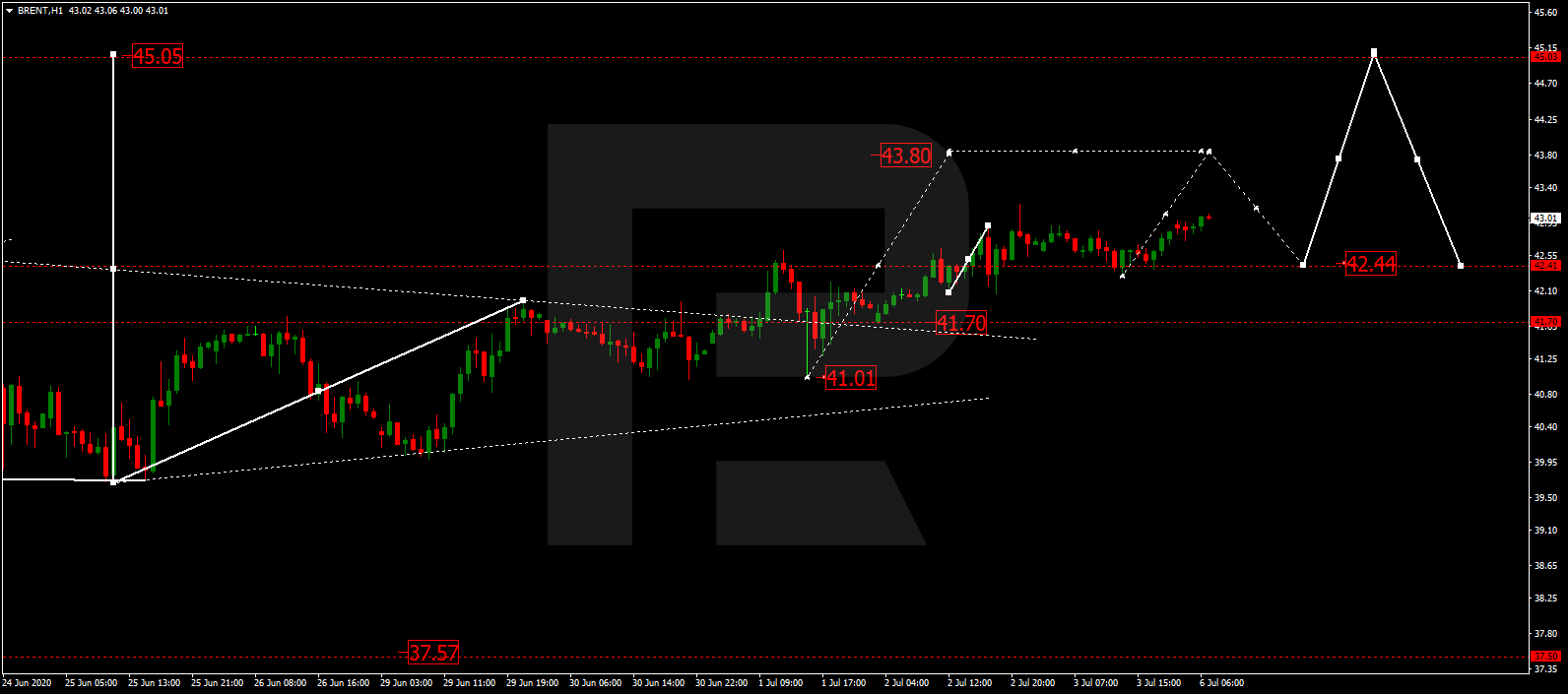

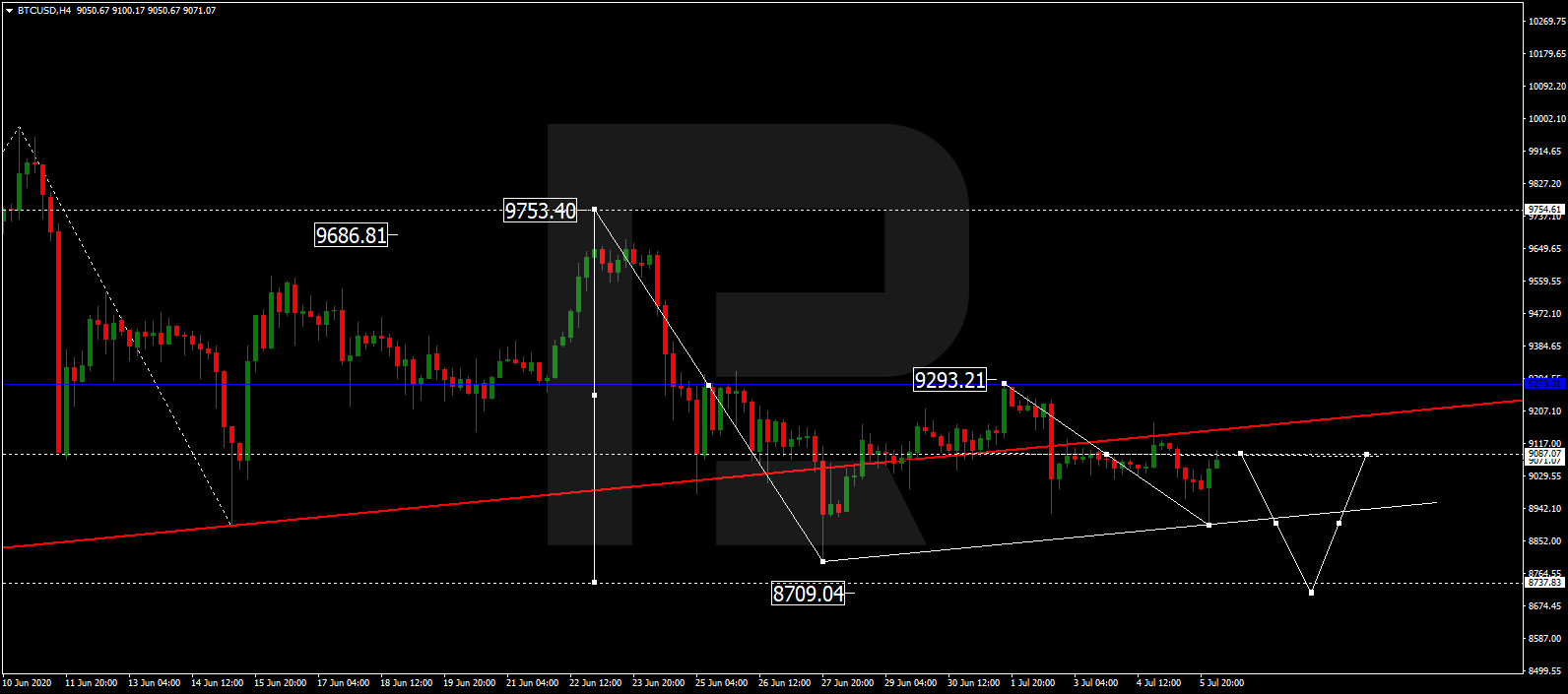











 Article by
Article by 